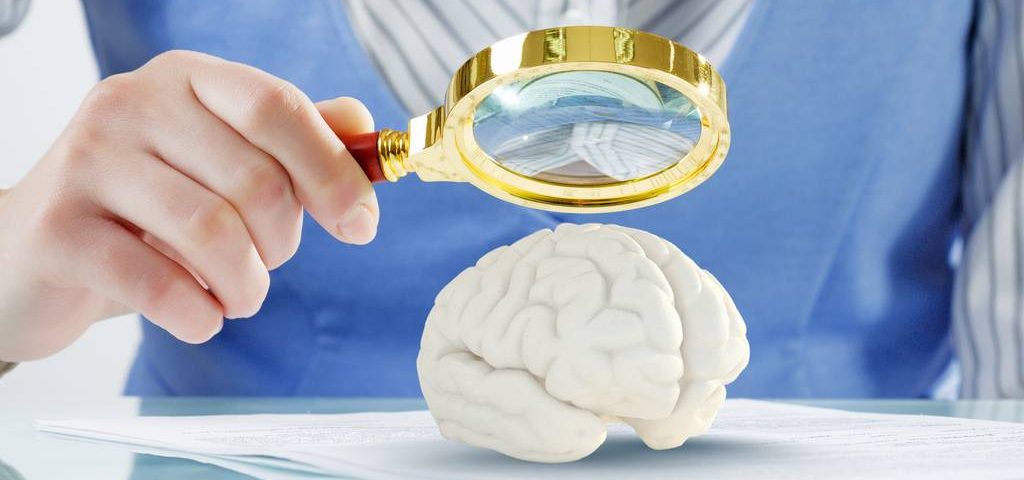Adrenoleukodystrophy (ALD) is a rare genetic disease characterized by the buildup of saturated very-long-chain fatty acids (VLCFAs) inside cells.
When the disease affects the brain, as is most often does in the childhood form of this disease, doctors refer to it as cerebral ALD. Seizures are a common symptom of cerebral ALD, especially as the disease progresses.
ALD is caused by mutations in a gene called ABCD1 that prevent the ABCD1 protein from being made correctly. ABCD1 is a transporter protein that is necessary to break down VLCFAs. When it does not work as it should, VLCFAs accumulate inside cells, causing disease symptoms.
What are seizures?
Seizures are sudden electrical disturbances in the brain that disrupt its ability to function. They can have an effect on mood, behavior, and consciousness.
Doctors classify seizures depending on where in the brain they begin and how much of the brain is affected by the disturbances.
Most seizures last between 30 seconds and two minutes. Those lasting longer than five minutes are considered a medical emergency.
Seizures in ALD
Seizures are most common in childhood cerebral ALD, although rare cases are known of seizures in people with adult-onset cerebral ALD following a head injury.
Over time, the accumulation of VLCFAs in tissues due to ALD deficiency increases inflammation in the brain and damages the myelin sheath — the protective coating of nerve cells. Losing this covering is like stripping the insulation from electrical wires. It disrupts the electrical signals that nerve cells use to relay information to and from the brain, and may cause seizures in some cases.
People with adrenomyeloneuropathy (AMN) or Addison’s disease (two other types of ALD) generally do not experience seizures.
How do doctors manage seizures caused by ALD?
Doctors may treat seizures with anti-seizure medications, dietary changes, vagus nerve stimulation, or bone marrow transplant.
Anti-seizure medications
For most patients, anti-seizure medications are necessary. The most common are valproate and clonazepam. Patients usually have to take these medications regularly throughout their life.
Valproate may have other benefits for people with ALD: in addition to controlling seizures, valproate seems to induce the expression of a protein related to ABCD1 (called ABCD2), which may be able to compensate in some ways for the loss of ABCD1 that causes ALD.
Dietary changes
For some patients, especially children who are too young to take anti-seizure medication, dietary changes may help control seizure activity.
Some patients and their families have reported benefits from Lorenzo’s oil, a mix of unsaturated fats that block the production of VLCFAs. To date, no clinical trials have examined the safety and efficacy of Lorenzo’s oil in treating ALD. It is, therefore, very important to discuss changes in diet with a registered dietitian as well as your care team.
Vagus nerve stimulation
Another management technique that may be effective for some patients is vagus nerve stimulation (VNS). In this approach, doctors implant a small device (similar to a pacemaker) under the skin of the chest. This device applies an electrical stimulus to the vagus nerve, which can stop some seizures before they happen by disrupting the abnormal electrical activity in the brain that causes a seizure.
To date, no studies have tested whether VNS is safe or effective in ALD. It is known to be effective in preventing seizures in other epileptic disorders.
Bone marrow transplant
In some cases, doctors may treat ALD-associated seizures with a bone marrow transplant. The infusion of healthy donor bone marrow introduces healthy blood cells that can migrate to the brain. The donor cells can process VLCFAs, but the exact mechanism of how bone marrow transplants may be able to treat ALD is not known. It is possible that the donor cells prevent or slow the buildup of inflammation in the brain that causes this disease’s neurological symptoms.
This treatment is usually given only in early stages of the disease.
Last updated: May 27, 2020
***
Adrenoleukodystrophy News is strictly a news and information website about the disease. It does not provide medical advice, diagnosis or treatment. This content is not intended to be a substitute for professional medical advice, diagnosis, or treatment. Always seek the advice of your physician or other qualified health provider with any questions you may have regarding a medical condition. Never disregard professional medical advice or delay in seeking it because of something you have read on this website.


